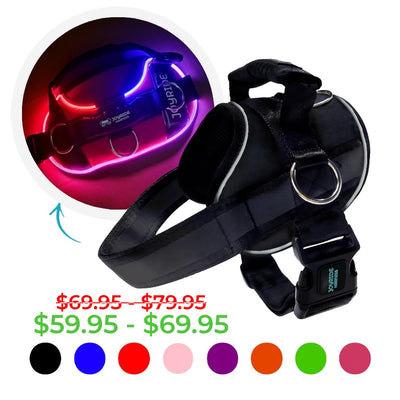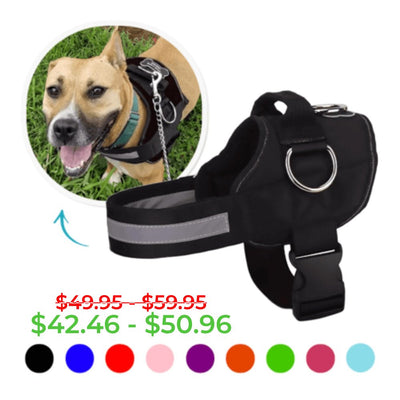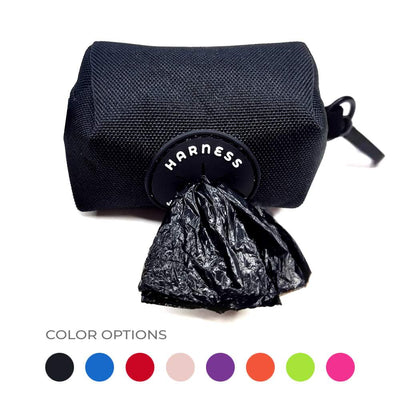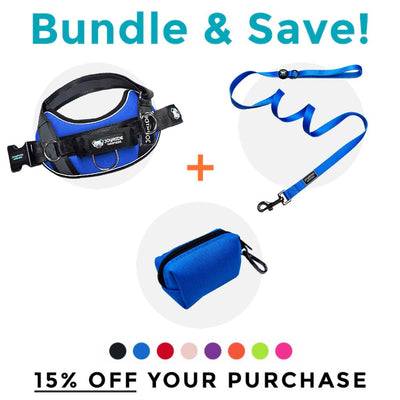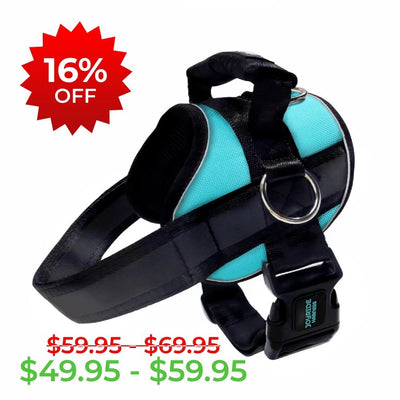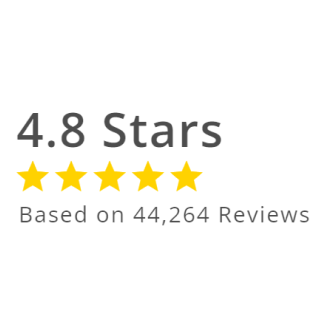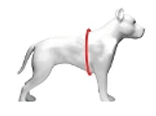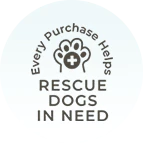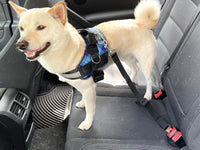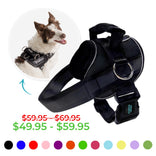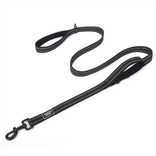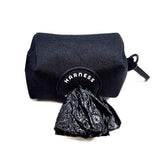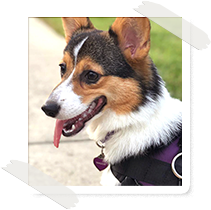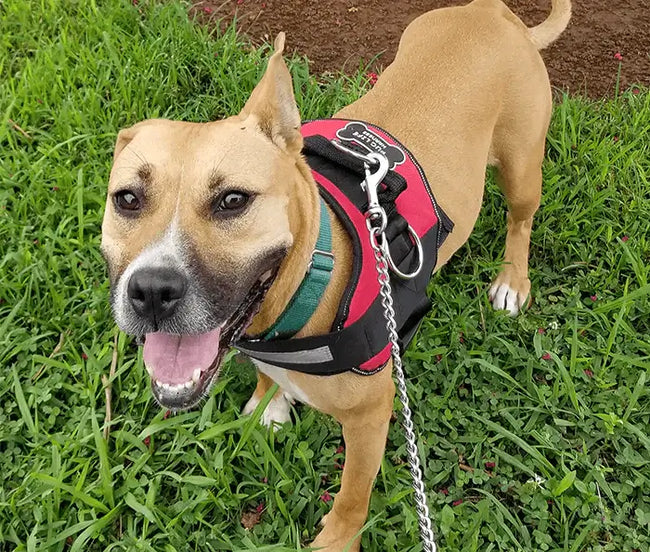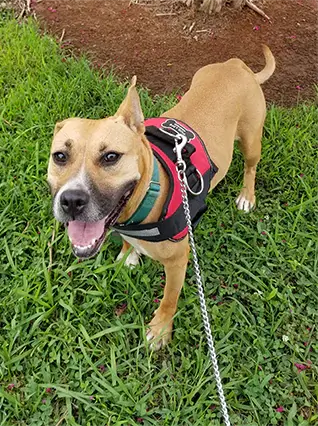Why Your Dog Might Be Gaining Weight—And What You Can Do About It
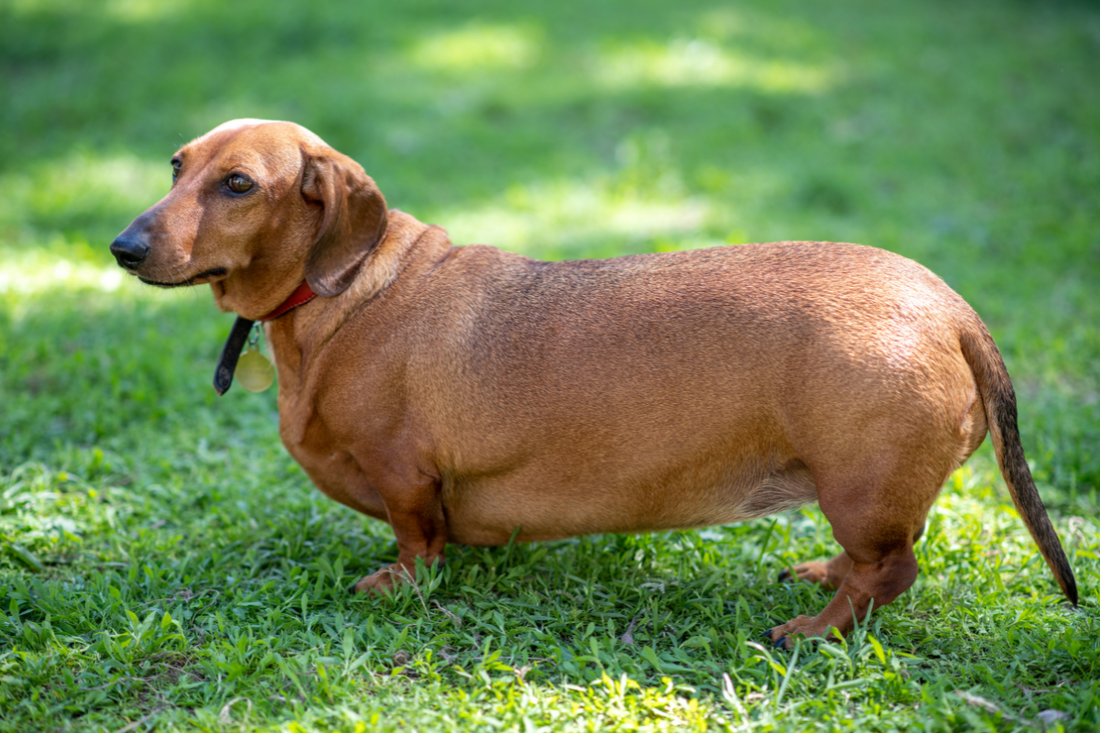
You love your dog. You want them happy, healthy, and living their best life—which makes it tough when you realize they’ve put on a few extra pounds. Maybe it snuck up slowly. Maybe you brushed it off as a little extra fluff. But canine weight gain is more than a cosmetic concern—it can lead to serious health issues like joint pain, diabetes, and heart disease.
Here’s the thing: Most dogs don’t gain weight because of one big mistake. It’s usually the result of a few well-meaning habits that add up over time. Let’s explore the most common culprits and how you can support your pup in shedding those extra pounds—safely and lovingly.
The Silent Overfeeding Trap

For many pet parents, the issue starts with portion size. And we get it—scooping food by eye feels convenient. But those “just a little extra” moments can have big impacts over time.
Using a measuring cup (and sticking to the feeding guidelines for your dog’s ideal weight, not their current one) can make a world of difference.
Then there’s the treat situation. Treats are love, right?
They help with training, bonding, and just saying, “Hey, you’re the best dog ever.” But some treats are surprisingly high in calories—especially if your dog is getting more than a few per day. If you’re not accounting for those in their total calorie intake, it’s easy to overdo it.
A good rule? Treats should make up no more than 10% of your dog’s daily calories.
Pro tip: Choose high-protein, low-ingredient treats made with quality, real meat. Better yet, break larger treats into smaller pieces—you’ll still get the same tail wags without the calorie overload.
People Food and Puppy Dog Eyes
 You know those puppy dog eyes at the dinner table?
You know those puppy dog eyes at the dinner table?
They’re powerful. And sometimes, it’s easier to slip your dog a bite of whatever you’re eating than deal with the guilt. But human food—especially processed, fatty, or sugary foods—can throw off your dog’s diet fast.
Even well-intentioned scraps like bread, cheese, or bits of meat can tip their calorie count over the edge. And once a dog gets used to eating human food, they may start turning their nose up at their own meals, pushing you to feed them more to get them to eat. It becomes a cycle: picky eating → more handouts → more weight gain.
To break the habit, be consistent. Stick to dog-safe meals and limit human food altogether.
If you really want to share the love, give them a healthy treat made just for dogs—and make sure it's factored into their daily intake.
Less Movement, More Nap Time

Let’s face it—life gets busy. Long walks might turn into short bathroom breaks. Fetch sessions become less frequent. Before you know it, your once-active dog is lounging more than they're leaping.
But dogs, like humans, need consistent movement to stay healthy. A lack of daily exercise doesn’t just lead to weight gain—it can impact their mood, behavior, and overall quality of life.
Most dogs benefit from at least 30 minutes of moderate exercise a day. For high-energy breeds, more is better. And even for older pups or those with joint issues, gentle movement like short walks or slow-paced play can make a difference.
If you’re strapped for time, try incorporating movement into your routine—walks before work, tug-of-war in the backyard, or even training sessions that get their body and brain working.
When to Loop In Your Vet

Sometimes, weight gain is more than diet and exercise. Health conditions like hypothyroidism or Cushing’s disease can cause weight gain, even if you’re feeding your dog properly. That’s why regular vet visits matter more than you might think.
A yearly check-up (or more frequently if your dog is a senior or has existing health concerns) can help catch underlying issues early. Your vet can also guide you on the best type and amount of food, recommend a safe weight-loss plan, and ensure you’re not missing anything critical in your dog’s care.
And don’t be shy about bringing up concerns. You know your dog best—if something feels off, trust your instincts and check in.
Keep It Simple, Keep It Joyful
Helping your dog lose weight isn’t about restriction or guilt—it’s about love. It’s about setting them up for more adventures, longer walks, and years of tail-wagging joy. A few small changes to their routine can lead to big improvements in their health and happiness.
And remember, you’re not in this alone.
Did you find this blog helpful? At Joyride Harness, we’re more than a harness company—we’re a community of dog lovers, here to help you and your pup live your best lives together. From expert-backed advice to gear that makes every walk easier, we’ve got your back (and your dog’s too).
Check out our full line of products designed with your dog’s comfort, safety, and happiness in mind.

